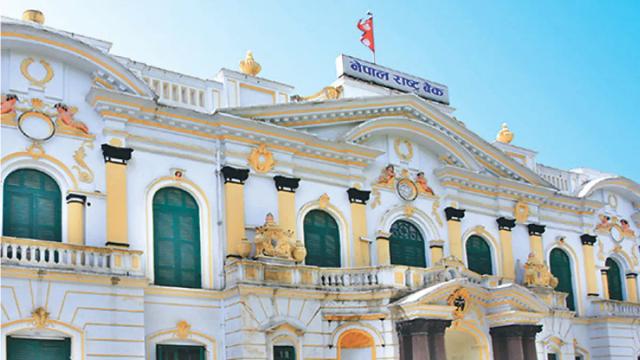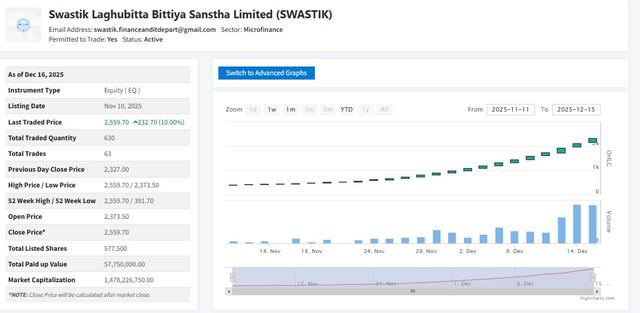Banking Sector Financial Indicators Show Mixed Signals: CD Ratio at 78.39%, NPL Slightly Up
Author
Nepse Trading

The major financial indicators of Nepal’s banking and financial sector as of the end of Jeth, 2082 (Mid-June 2025), provide an insightful picture of the sector's health and lending behavior. According to the latest data, the total deposit of banks and financial institutions (BFIs) stood at 114.69% of the GDP, with Class "A" commercial banks accounting for the largest portion at 102.56%. This indicates a significant mobilization of financial resources within the formal banking system.
Total credit issued by these institutions stood at 91.15% of GDP, reflecting robust lending activity. Notably, the credit-to-deposit ratio (CD ratio), which gauges the utilization of deposit resources in lending, stood at 78.39% overall. Among categories, Class "B" development banks showed the highest CD ratio at 84.47%, followed by Class "C" finance companies at 79.64%, and Class "A" banks at 77.78%. This suggests that development banks are relatively more aggressive in lending compared to others.
Looking at the composition of deposits, fixed deposits made up nearly half of the total deposits at 49.98%, with finance companies showing a significantly higher reliance (66.48%) on fixed deposits. On the other hand, savings deposits accounted for 36.06%, with the highest proportion in development banks (38.48%). Current deposits and call deposits stood at 5.75% and 7.47% respectively across all institutions.
However, concerns remain regarding asset quality. Non-performing loans (NPLs) increased slightly, reaching an average of 5.24% across the banking system. Class "C" finance companies showed a particularly high NPL level of 13.04%, raising red flags about credit risk in that segment. The loan loss provision (LLP) to total loan ratio was 5.34% overall, with finance companies again showing elevated provisioning at 11.55%—a clear indicator of higher credit risk exposure.
In terms of inclusive financing, the deprived sector lending stood at 5.74% of total loans, surpassing regulatory requirements. Development banks led the way with 7.12%, followed by commercial banks at 5.60% and finance companies at 5.47%.
In summary, while Nepal's financial institutions have demonstrated strong deposit mobilization and credit expansion, rising non-performing loans in certain segments—especially Class "C" institutions—warrant close regulatory attention. The overall financial indicators reflect a cautiously expanding banking sector balancing growth with emerging credit quality concerns.



